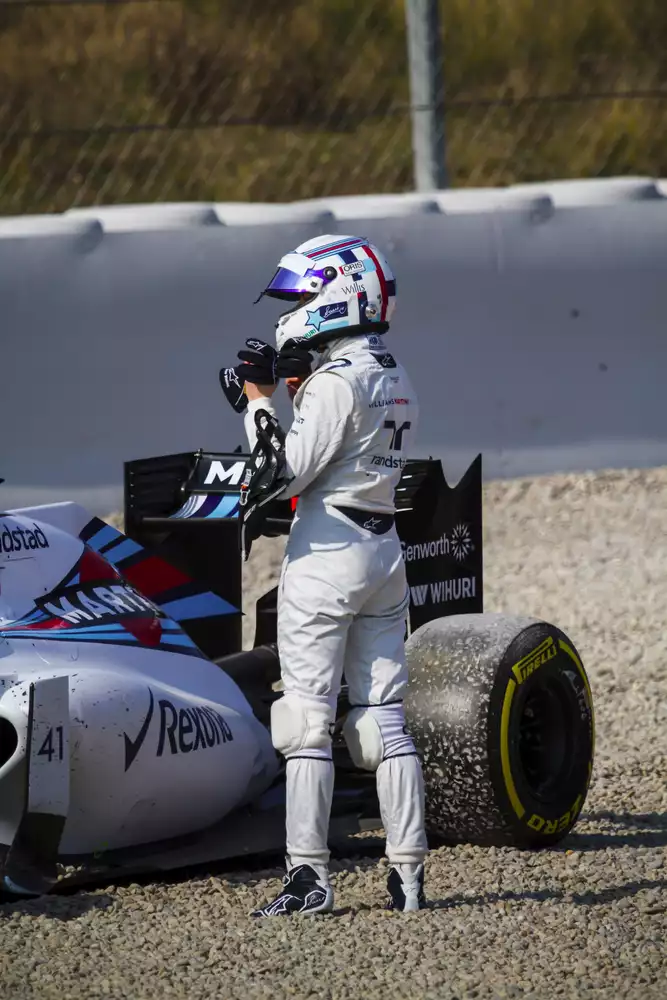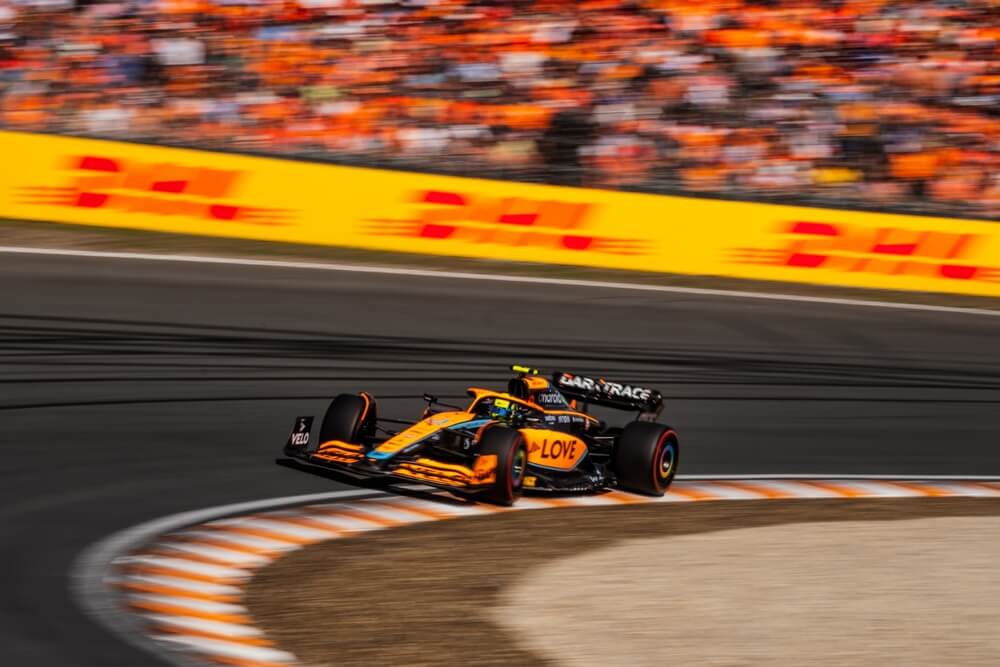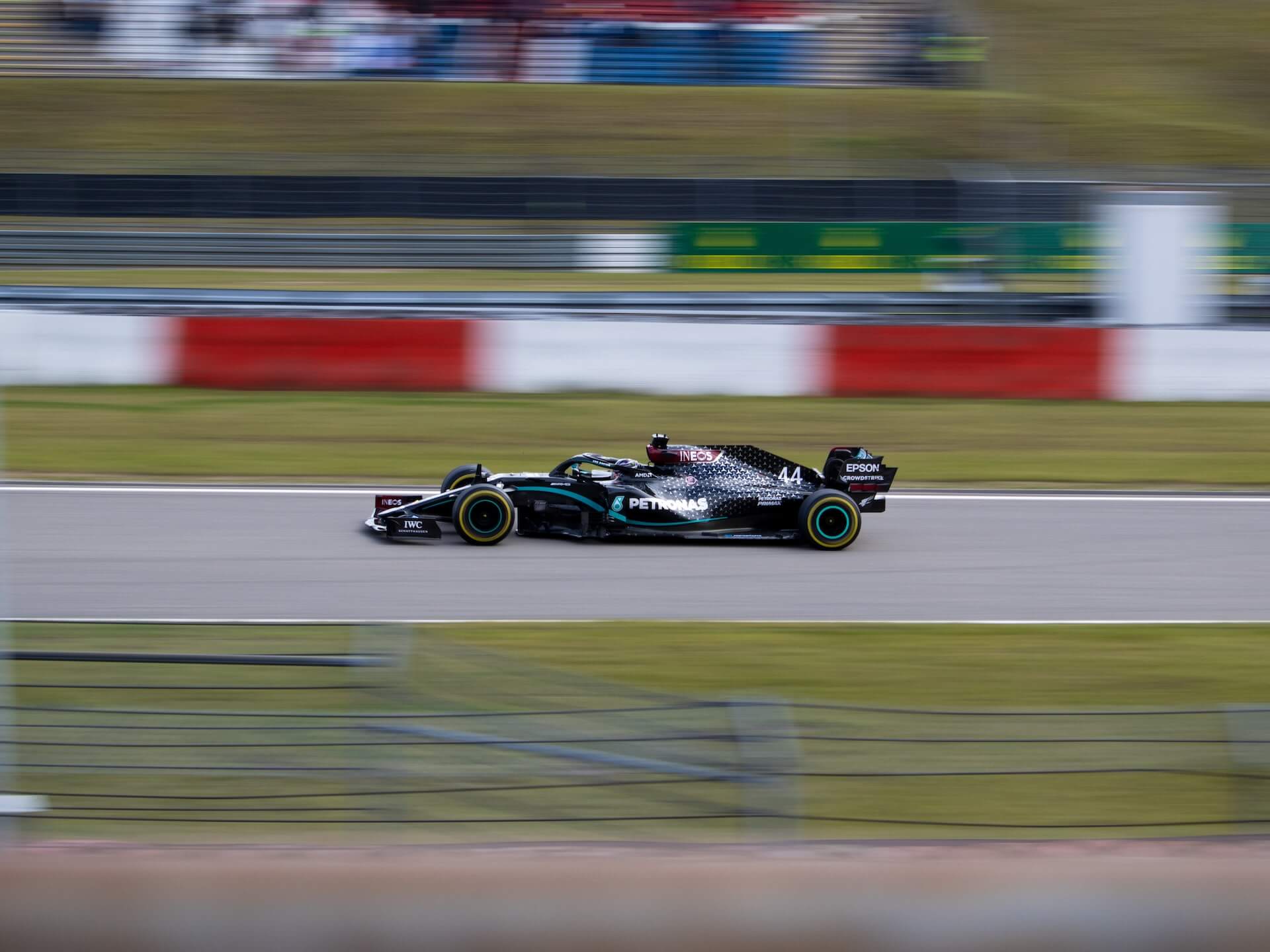It’s of no question that the world has always been dominated by men, whether it’s in sports, job facilities, or any other thing, and so is the case with Formula One. Since the start of Formula One, only a handful of women have participated in the series. To add on, there have been no women participating in the f1 for more than a decade.
What has been the cause of this?Why aren’t women able to participate in the F1 series?Will we ever see a female Formula One driver competing any time soon?
Keep reading ts article till the end to find out the answers to these questions.
Table of Contents
Watch this video to learn who the wolds top female drivers are at the moment.
Are there any female Formula 1 drivers?
There are currently no active female Formula 1 drivers. Reportedly, there have been only six female drivers that have ever attended F1, if you count the free practice sessions. There have been only two women who have taken part in a Formula One Grand Prix event.
Key takeaways
- F1 has experienced only a few female drivers since its inception.
- Of the six females who participated in the f1, only two were able to score positions on the grid.
- The reasons for such small participation from the females are the lack of getting sponsorships and support from their parents and society. This coupled with facing physical challenges has made female participation in the f1 series completely nonexistent.
- To promote the participation of female race drivers in F1, FIA launched the W Series as its support series.
- W Series is a woman-only race event, where female drivers race against each other using F2 and F3 cars on the very tracks that are used by professional F1 drivers.
- This series has been criticized by many drivers and fans due to the differentiation between both genders.

List of female F1 drivers
- Maria Teresa de Filippis (1958-1969) – 3 starts, 0 points
- Lella Lombardi (1974-1976) – 12 starts, 0.5 points
- Divina Galica (1976-1978) – 0 starts (DNQ)
- Desiré Wilson (1980) – 0 starts (DNQ)
- Giovanna Amati (1992) – 0 starts (DNQ)
- Susie Wolff (2014-2015) – 0 starts (DNQ)
Maria Teresa de Filippis
Maria Teresa de Filippis was the first woman ever to enter the Formula One series in 1958. She has entered a total of five races, combining the seasons of 1958 and 1959. However, she raced in only three of them. She scored her best, tenth position in the Belgian Grand Prix, in the 1958 season. She retired after the 1959 season due to the high rate of fatalities in the F1 races during that time.
Maria participated in Formula One at a time when it was fully a man’s world. F1, since its inception, had never seen a female race driver. This is why she had to face a lot of sexism at the hands of the F1 directors, viewers, and more. In the 1958 French Grand Prix, Maria was taunted by an F1 director that the only helmet that is suitable for a woman is the one of a hairdresser. Plus, she was also stopped from competing in the French Grand Prix by one of the directors.
However, despite all odds, Maria fought for her passion and managed to participate in some of the Grand Prix events. This proved that if provided with an opportunity, women were and still are capable of competing in the Formula One series.
Lella Lombardi
Lella Lombardi participated in the F1 Grand Prix events between 1974 and 1976. She took part in seventeen F1 races and qualified for twelve of those racers. Lella was the last female to ever score a position on the grid. The other female racers who came after her were not able to make it on the grid.
Lella is reportedly the best female F1 driver. She is the only female driver who was able to score a world championship point in the Spanish Grand Prix event in 1975, even though it was just half a point. This was because the race was stopped before the scheduled distance, hence, only half points were awarded.
Divina Galicia
Divina Galicia was a British F1 driver who first entered F1 in the British Grand Prix of 1976. She took part in three Grand Prix events but failed to qualify in any of those races.
Desiré Wilson
Desire Wilson was a South African race driver who first entered F1 in the 1980 British Grand Prix. However, she failed to qualify in any of the races. She did not take part in any other Formula One races after that.
Desire did win the 1979 Aurora Grand Prix. It is a British Formula One event that uses old f1 cars. It is considered one of the most important victories in the history of female f1 drivers after Danica Patrick’s victory in the IndyCar series.
Giovanna Amati
Giovanna Amati was an Italian F1 driver who received training for three F1 races in 1992. However, she failed to qualify for any of those races and never participated in an F1 series again.
Susie Wolff
Susie Wolff was never able to qualify for a Formula One race. However, she was the first woman since 1992 to participate in an F1 weekend of the 2014 German Grand Prix. She participated in two more practice sessions of the F1 and announced her retirement after the 2015 Grand Prix.
Why are there no females in F1?
Throughout Formula One, there have been very few women that have participated in the series, or any motorsport series in general. Although the world is moving toward equality and F1 has set no rules against the selection of female drivers, the percentage of them being involved in this race is basically nonexistent.
There are many reasons behind this cause. Females receive fewer sponsorships, face physical challenges, and have no support from their parents. This combined with only a small percentage of women interested in Formula One leads to very few professional female drivers.
Physically challenging environment
One of the main reasons Formula One has seen very few females participate in its series is because of the physical challenges that the women have to face. Before a person can enter the Formula One series, he or she would have to go through all junior-level karting competitions, F3, and F2. F3 and F2 competitions do not have a steering wheel powered by an engine. This means that the cars used in F2 and F3 have hard steering wheels and driving them is not easy for a man himself, let alone a woman.
However, many people do think that with proper training women can replace the required 30% of mass needed to drive that steering wheel. Albeit, this is very difficult, and hence, this is a factor that works against women wanting to take part in F1.
Lack of interest from young women to take up racing
Another one of the reasons why women aren’t participating in Formula One is also because they lack interest in this sport or any other motorsport in general. This may be due to their nature or maybe because society does not encourage women to take up motorsports as their career.
According to an evaluation done in September 2021, less than three percent of females in the USA are interested in Formula One and motorsports. The rest of the females that were asked told that they did not like F1 at all. In contrast, more than fourteen percent of the men are hardcore fans of the Formula One series. With such a vast difference in the likeness of this game between both genders, Formula One will inevitably be dominated by men.
It all relies on the statistics
There are thousands of drivers in junior-level motorsport championships and Formula One has only twenty seats on the grid. Very few of those drivers will make it to single-seater championships. Amongst them, very few will make it to F4, F3, and F2 and a sprinkling of them will make it to F1.
Now, considering the fact that how large of a difference there is between male and female drivers, how many female drivers have a chance to get to the F1? According to some reports, there is only one female driver per twenty male drivers in F4. To get into a Formula One series, one has to be exceptional in his driving skills and have a sponsorship backing him, which, sadly, isn’t the case for women.
Lack of getting sponsorships
One of the biggest reasons women can’t get into the Formula One series is the inability to secure sponsorships. Although F1 supports the inclusion of both genders into its race, the sponsors do not seem to think so. To get into any motorsport series having a huge budget behind your back is mandatory because without sponsors backing you up it is almost impossible to take part in a motorsport series.
The width of F1 cars cannot exceed 2 meters as per the latest rules.
The W Series compared to Formula 1
To promote female participation in the Formula One series, FIA announced the W Series to be a single-seater women-only racing series in 2018. The W Series works as a support series for the F1. The 18 drivers selected for the W-series travel with the F1, and participate on the very same tracks which are used by the F1 drivers.
The race for the W series happens in between the sessions of the F1 series. This gets the female drivers the much-needed attention and helps them promote to bigger platforms.
The female drivers are solely selected in the W Series based on their speed, racing skills, and fitness. The best part about this series is that there is no entry fee, so anybody and everybody has an equal chance of getting selected for the race. The W Series uses cars similar to the ones used in F3, which helps the committee to evaluate and scrutinize the best drivers from the rest.
The winner of the W Series receives a cash prize of $1.5 million. This money helps the young female driver to further uplift her career in motorsport by getting herself a seat in some other single-seater series.
The W Series has received its fair share of criticism from the drivers and viewers. According to some F1 fans and drivers, the W Series has created separation between male and female drives. Whereas, according to the FIA the F1 does not select drivers on the bases of their race, caste, creed, or gender. However, the W Series seems to present the opposite of what the FIA states as this way women will only get to race against other female drivers.
Even though W Series has opened many opportunities for female race drivers, given the fact that it only allows female drivers to race against each other, it has unknowingly closed many opportunities for females. Plus, since its inception, the W Series has yet to produce a female driver that participates in the F1 series alongside male drivers.
Let’s see how this W Series develops in the future and whether it will be able to promote its female drivers to the F1 series, where they are much anticipated.
Frequently asked questions about female F1 drivers
Can F1 have female drivers?
Why are there no female drivers in F1?
Who is the best female F1 driver in history?
Is F1 mixed gender?
How many F1 drivers have been female?
Who was the last female F1 driver?
Are there any female F2 drivers?
Conclusion
Since its inception F1 has been a men-dominated sport. However, there have been some women who fought against all odds and tried to make a mark on F1’s history. There has also been the introduction of a new series and events, the W Series, by the FIA to support and promote female participation in the F1 series.
Even though the series has faced criticism due to the differentiation between genders. It is unlikely that we will see another female F1 driver in this decade, but we can be optimistic about the next one.
With the committee members creating more opportunities for female drivers and young girls having them as their role models, it is no wonder that F1 will see a boom in its female participants soon.
Learn more about Formula One
Want to learn more about F1? Then visit our Formula 1 glossary and dictionary.




